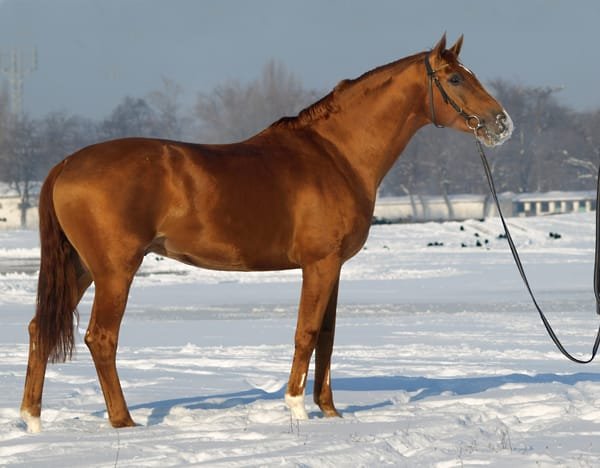breed with a deep connection to the history and culture of Russia.
The Don horse is more than just a breed; it is a symbol of a rich cultural heritage and a testament to the bond between humans and animals. With its strong build, friendly temperament, and historical significance, the Don horse continues to be a valuable and beloved part of equestrian life.
A Historical Overview
The Don horse hails from the region around the Don River in Russia. This area has long been home to the Don Cossacks, a group of people known for their distinctive culture and warrior traditions. The Don horse has been a part of their lives for centuries. These horses were bred to meet the demands of both war and work, and their development reflects the needs of the Cossacks.Over the years, the Don horse has been influenced by various breeds. Early ancestors of the Don horse included horses from the ancient steppes, as well as Arab and Turkoman horses. This mix of breeds helped create the strong and versatile horse we know today.
Physical Characteristics
Don horses are medium to large-sized, with a sturdy and muscular build. They have a powerful back and strong legs, making them well-suited for a range of tasks. Their coats can be various colors, including bay, chestnut, and gray. Each Don horse is unique, but they all share common features that make them easily recognizable.The Don horse has a broad, expressive head with a well-defined forehead. Their neck is long and well-arched, contributing to their elegant appearance. These physical traits, combined with their robust build, make Don horses not only functional but also quite attractive.

Feature details
| Feature | Details |
|---|---|
| Origin | Don River region, Russia; associated with the Don Cossacks. |
| Historical Influences | Influenced by ancient steppe horses, Arab horses, and Turkoman horses. |
| Size | Medium to large-sized; generally robust and muscular. |
| Build | Sturdy with a powerful back and strong legs. |
| Coat Colors | Bay, chestnut, gray, and various other colors. |
| Head | Broad and expressive with a well-defined forehead. |
| Neck | Long and well-arched, contributing to an elegant appearance. |
| Temperament | Calm, willing, and intelligent. |
| Training | Easy to train due to its intelligence and cooperative nature. |
| Versatility | Used for riding, driving, agricultural work, and various equestrian sports. |
| Historical Uses | Agricultural work, military cavalry, and as a working horse for the Cossacks. |
| Modern Uses | Equestrian sports (dressage, show jumping), driving, and recreational riding. |
| Conservation Status | Rare breed; ongoing efforts to preserve and promote. |
| Preservation Efforts | Careful breeding practices and support from organizations dedicated to the breed |
Temperament and Personality
One of the most appealing aspects of the Don horse is its temperament. Don horses are known for their calm and willing nature. They are intelligent animals, which makes them relatively easy to train. Whether you are looking for a horse for riding, driving, or work, the Don horse is often a great choice.Their friendly and cooperative attitude means they can be excellent companions for both experienced riders and beginners. Don horses are also known for their stamina and resilience, which allows them to perform well in various conditions and tasks.
Uses of the Don Horse
Historically, Don horses have been used for a variety of purposes. In the past, they were essential for agricultural work in the Don River region. Their strength and endurance made them valuable for plowing fields and performing other heavy tasks.
In addition to their agricultural use, Don horses were important in military contexts. The Cossacks used them in cavalry units, where their agility and power made them formidable in battle. The Don horse’s role in warfare is an important part of its heritage and highlights its versatility.
Today, Don horses are still used for many of the same purposes. They are popular in various equestrian sports and activities, including dressage, show jumping, and driving. Their ability to handle diverse tasks makes them a favorite among horse enthusiasts.
Preservation and Conservation
Although the Don horse is a cherished breed, it is considered rare. There are ongoing efforts to preserve and promote this historic breed. Breeders and enthusiasts work hard to maintain the Don horse’s unique qualities and ensure that future generations can enjoy and appreciate this remarkable animal.Preservation efforts often include careful breeding practices to maintain the breed’s health and characteristics. Additionally, organizations and societies dedicated to the Don horse help raise awareness and support for the breed.




